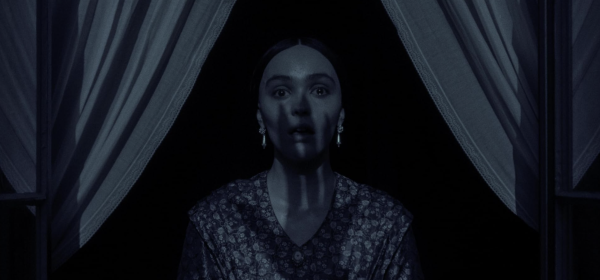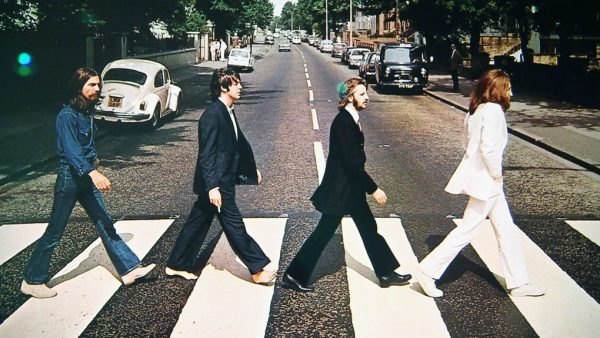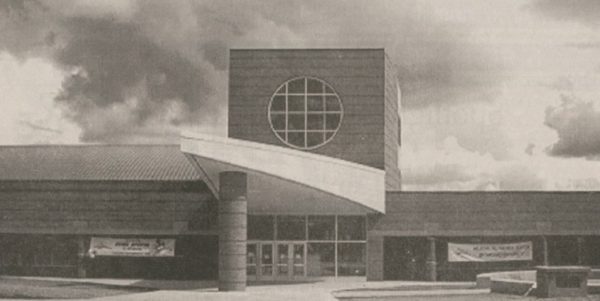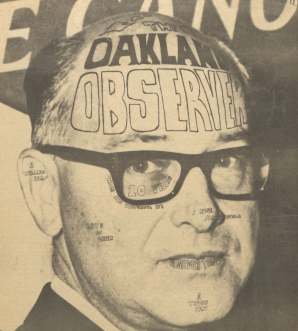Tattoo acceptance in the workplace
Despite the growing popularity among the general public, work places have not really changed their tune.
Junior Jacqelyn Terry has to adhere to a strict dress code even at an entry-level job.
“I work at McDonalds and they have a no tattoo policy,” Terry said. “I have to wear a small sleeve to cover the one on my arm and a band aid on the one on my finger.”
Starbucks is also strict on appearance standards. The baristas must remove all facial piercings, have no more than two earrings in at a time and cover all tattoos.
“Tattoos have symbolized many things, but responsibility isn’t one of them,” Dianne Lounsberry, a Starbucks manager, said. “In the work place we want a professional responsible appearance.”
Other places taking a strict stand to uphold the polished appearance include Charlotte Russe, Cracker Barrel and Cold Stone Creamery, where men are not permitted to wear earrings, and the women that wear them must make sure they’re no larger than a nickel.
However, with strict policies in place for the workplace, it makes one wonder just how the tattoo industry can successfully thrive.
In a poll among Oakland University students, those with no ink were the ones that had the notion that tattoos would negatively affect their career future. Those with tattoos saw no harm in having them.
Despite changing attitudes when it comes to tattoos, poll results show that many still have reserved attitudes toward ink.
One student found them to be a problem when his tattoos cost him a job.
Jordan Tomich, a senior majoring in information technology, has seven tattoos. After an interview for a job, Tomich was denied the position due to his tattoos.
Despite the setback, he said he does not regret getting them because each one has its own special meaning.
Samantha Rutkowski, a junior, is holding off of tattoos for other reasons.
“I don’t have a tattoo because I don’t care about anything that much, Rutkowski said. “You have to truly care about something to have it tattooed on your body forever.”
A tattoo is a permanent choice that was once very radical.
“I’m not sure what it was like in the past, as far as tattoos and their level of social acceptability, but I can say that it’s rare to see an older instructor with one,” Jeremy Stephison, writing and rhetoric professor, said. “I don’t know if that’s any indication, though I imagine it is.”
Stephison has a small Greek word tattooed on his wrist and has maintained his professional career at OU.
“In academia, and especially in the humanities, I think that tattoos are for professors what goatees are for youth pastors: not all of us have them, but it is certainly not unusual if we do,” Stephison said.
Stephison is just one example of a professor with ink.
“My thesis advisor had an enormous lizard tattooed on her shoulder, and the chair of the writing and rhetoric department has a lizard tattooed on his inner arm,” Stephison said. “I don’t know what it’s like in science or engineering, but in humanities, people tend to be a lot more open to those forms of self-expression.”
Placement is also a key factor when getting a tattoo.
In a 2010 Pew Research Center poll, 72 percent of those polled with tattoos had them in a place easily hidden.
With the rapid growth of the tattoo industry, people are finding ways to take part in the tattooed community without harming their career future.
Recently introduced ultraviolet light tattoos offer customers the ability to have a “hidden” tattoo.
“I first heard about UV tattoos when I was flipping through TV stations one day,” sophomore Justine Roy said. “I stopped on this show that was talking about them and it sparked my interest.”
UV tattoos, or black light tattoos, are just one of the new techniques on the market. These tattoos are made with special ink that becomes visible under a black light, though the tattoo itself is invisible in regular light.
“I like that fact that you can’t really see them unless they are exposed to black light,” Roy said. “I think it is definitely a plus for someone that wants to get a tattoo but, because of their job, can’t.”
UV tattoos are applied in same way as a traditional tattoo; they just require more work in the application process, due to the ink not showing up in regular light.
According to Roy, a downside to these tattoos is that people get them so other people can see them, and getting one that can only be seen under a black light defeats the purpose.
UV tattoos have been shown to cause skin irritation due to the phosphorus present in the ink and have not yet been deemed 100 percent safe by the FDA.
Individual tattoo parlors are making their own phosphorus free ink, which they claim to be completely safe. Only specific tattoo parlors offer the ink. They are also more expensive because of the rare commodity.
Various factors are considered when deciding when to get a tattoo. Placement, meaning and future job concerns are just a few of the many concerns people have.
Although most workplaces reject tattoos right now, tattoo advances and general popularity may one day make tattoos a social norm that is accepted everywhere.







